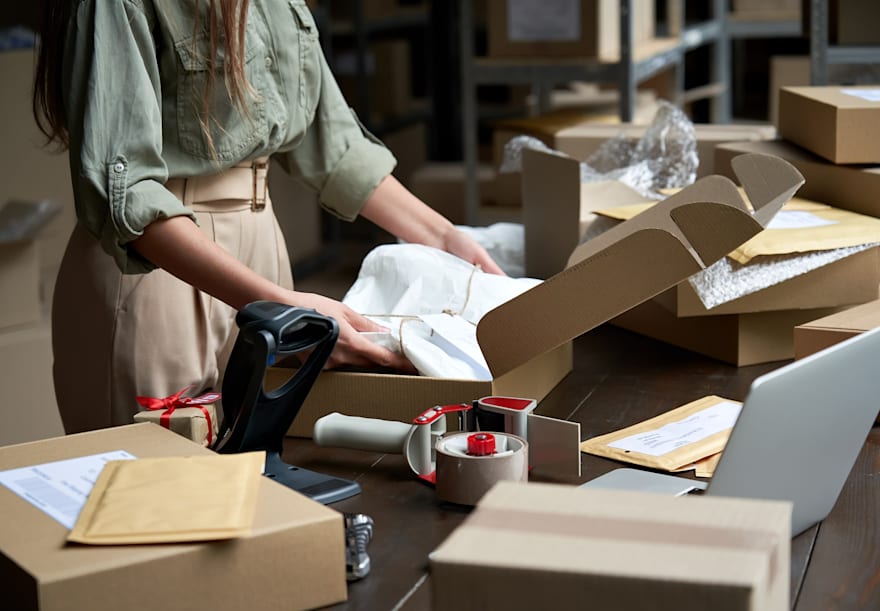
Packaging plays an important role in our everyday lives, yet its significance often goes unseen. Beyond its functional function of protecting products, packaging serves as a powerful tool for communication, branding, and sustainability. This article delves into the development of packaging, its complex role in modern society, and the emerging trends by using its future. Packaging has been integral to human the world for centuries. Ancient cultures used natural materials like leaves, gourds, and animal cases to package goods for storage and transport. As 代工包裝 advanced, so did packaging techniques, with the emergence of pottery, glass, and metal containers. The Industrial Wave marked a turning point, introducing mass production and standard packaging formats.
At its core, packaging serves to protect products from damage, contamination, and tampering during storage, transport, and display. Whether it’s a fragile computer or perishable food, effective packaging safeguards the integrity of goods throughout the supply archipelago. Moreover, packaging provides essential information to consumers, including product details, usage instructions, and safety safety measures, enhancing user experience and ensuring regulatory complying. In our competitive marketplace, packaging serves as a powerful tool for brand differentiation and consumer proposal. Packaging design, color schemes, and typography communicate brand values, personality, and positioning. Iconic packaging designs, such as Coca-Cola’s curve bottle or Apple’s minimal packaging, have become synonymous with their respective brands, evoking emotional connections and loyalty among consumers.
Packaging goes beyond simply containment; it serves as a silent salesman on store shelves, influencing purchasing decisions and driving brand perception. Eye-catching packaging designs and innovative features can astound consumers’ attention and entice them to create a purchase. Additionally, strategic packaging placement and ledge positioning can enhance product visibility and ledge appeal, boosting sales and market share. In recent years, there’s been an expanding increased exposure of sustainable packaging answers to mitigate environmental impact and meet consumer demand for eco-friendly alternatives. Traditional packaging materials like plastic attended under scrutiny because of their contribution to polluting of the environment and underwater debris. As a result, businesses are increasingly exploring biodegradable, recyclable, and compostable packaging options to reduce waste and h2o and impact.
Several trends are reshaping the packaging landscape, driven by technological advancements, shifting consumer preferences, and regulatory changes. Customization and personalization are gaining grip, with brands profiting digital printing and variable data capabilities to create unique packaging experiences. Smart packaging incorporating RFID tags, QR codes, and receptors enable real-time tracking, authentication, and interactive proposal. Packaging is far regarding green simply container; it is a dynamic and crucial area of modern commerce and culture. From its simple beginning as an approach of protection to its crucial role in branding, marketing, and sustainability, packaging continues to change in respond to changing consumer expectations and industry innovations. As businesses navigate the complexity of the global marketplace, strategic packaging design and innovation will remain essential in driving growth, encouraging brand loyalty, and by using a more sustainable future.